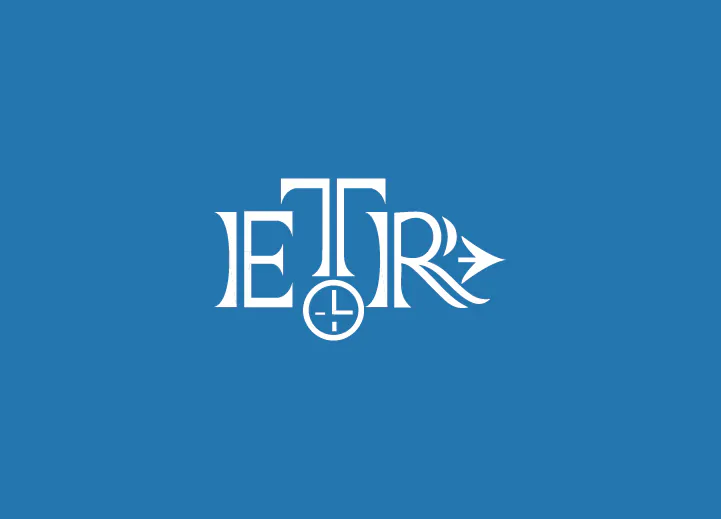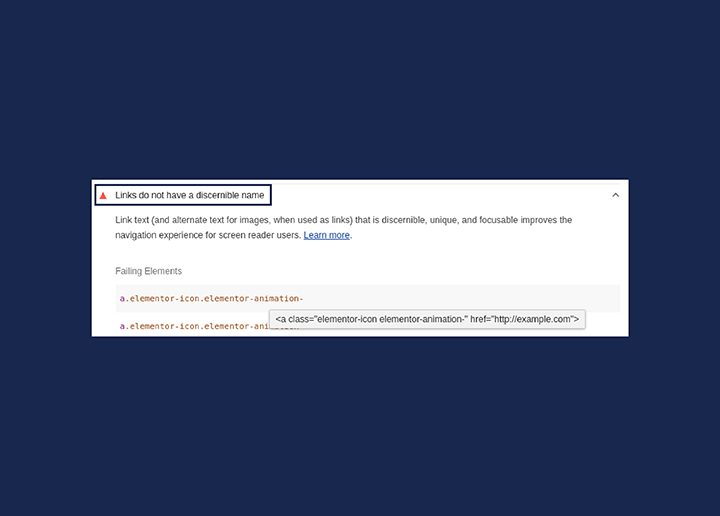Cloaking is a black hat SEO technique in which the information provided to the users differs from the content presented to other search engine crawlers. Under cloaking, the website server is programmed so that content provided to users is redirected to a different webpage than other search engines for specific keywords. For example, showing HTML text to a search engine and additional images or flash files to human users for the same keyword. Cloaking is an illegal practice that violates Google’s Webmaster guidelines and may be penalized.
Contents
ToggleTypes of Cloaking
1. User agent cloaking:
A ‘User Agent’ string shows what kind of browser the user is using so that the website can be optimized according to browser handling. This cloaking method works best with PHP or CGI, where the HTML code is executed before rendering. In this pattern, whether the real or cloaked version is shown to the user is identified.
2. IP-based Cloaking
It is one of the most preferred methods of cloaking where users are redirected to the desired page with high traffic volume and good SERP ranking.
3. Javascript Cloaking
This method of cloaking the user with JavaScript-enabled browsers is served with one content and JavaScript-disabled browsers with different websites.
4. HTTP-Referer Cloaking
In this method, by checking the keyword of the user, a cloaked or uncloaked version of a particular site is served to the user.
Ways to implement cloaking in SEO
1. Hidden text
By matching the background and foreground color, text can be hidden on a web page and considered keyword stuffing. This can also be done by using CSS or hiding text in JavaScript.
2. Flash-based website
Though flash pages violate SEO guidelines, it is done by providing content-rich pages to search engine crawlers and flash pages to visitors.
3. Replacement of JavaScript
Here JavaScript is used to show textual information to a non-JavaScript user within different multimedia.
How to avoid Cloaking?
Cloaking is an illegal practice that hurts website performance and is penalizable. So, it’s best to keep an eye on it. So, it can be avoided by reviving the elements of your website & ensuring pages have 4.5 to 1. Also, the hidden text in JavaScript and CSS should be replaced with HTML. Tools like Screaming Frog can help.
Recommendations on using Cloaking
Cloaking is a black hat SEO technique in which the information provided to the users differs from the content presented to other search engine crawlers. Under cloaking, the website server is programmed so that content provided to users is redirected to a different webpage than other search engines for specific keywords. For example, showing HTML text to a search engine and additional images or flash files to human users for the same keyword. Cloaking is an illegal practice that violates Google’s Webmaster guidelines and may be penalized.
Cloaking is a punishable offense, and we recommend you not to use this technique for search engine optimization, as these engines use unique algorithms to detect such activities. Instead, We should work on improving our website that is error-free for good rankings instead of practicing the black hat or cloaking technique. Besides, the websites should be regularly monitored using a cloaking checker tool to make the website free from cloaking activities.
How to avoid Cloaking?
Cloaking is an illegal practice that hurts website performance and is penalizable. So, it’s best to keep an eye on it. So, it can be avoided by reviving the elements of your website & ensuring pages have 4.5 to 1. Also, the hidden text in JavaScript and CSS should be replaced with HTML. Tools like Screaming Frog can help.
Follow Seahawk to learn more about such topics!


















